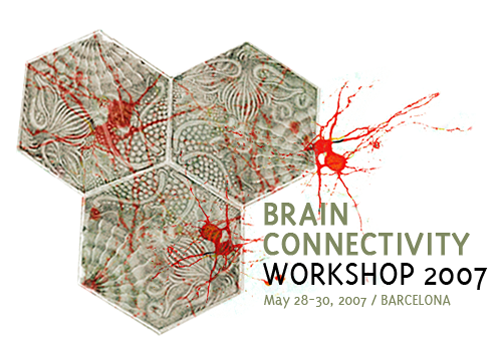Keynote Speech
 |
Joaquin Fuster, M.D., Ph.D.UCLA Semel Institute for Neuroscience and Human Behavior |
Cortical Networks and the Perception-Action Cycle
The modular constructs of functional architecture in primary sensory or motor cortex do not apply to higher cortex. In the cortex of association, an overwhelming body of empirical evidence is forcing a shift from the modular paradigm toward the network paradigm of cortical architecture, which more suitably accommodates memory and other cognitive functions. That evidence indicates that memory and knowledge are represented by widely distributed and overlapping networks of cortical neurons. Those networks (cognits) are formed by experience in accord with Hebbian principles: they associate cell assemblies representing elementary sensations or movements that have co-occurred in the life of the individual. Both, perceptual and executive memories are hierarchically organized in posterior and frontal cortex, respectively. At the lowest levels, next to primary sensory and motor cortices, memories are concrete and defined in specific sensory or motor dimensions. At higher levels, in cortex of association, memories are progressively more general and categorical. Networks in parietal-temporal and prefrontal cortices represent the most complex and abstract items of knowledge or action. At all levels, posterior and frontal networks are linked by reciprocal connections that associate percepts with actions of comparable hierarchical rank. Those connections functionally close, at cortical levels, the perception-action cycle that sensory and motor organs close in the environment. At the highest levels, reciprocal interactions between posterior and prefrontal cortex bridge with working memory the temporal discontinuities of the cycle.

